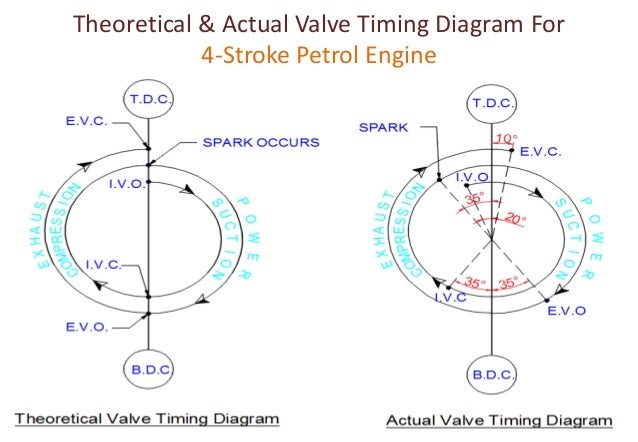
Like any other DIY task, you want to ensure you have the right tools to do the task. These do it yourself Electrical Wiring pointers can assist make the procedure of setting up electrical wires and switches a breeze, particularly for a DIYer. Installing or replacing electrical switches and wiring is no exception. Whether they wish to save money, feel more independent or enjoy fixing things themselves, any DIY project requires some basic knowledge to be done appropriately. Individuals handle DIY jobs in their own homes for a variety of factors.

🔗 Variable valve timing VVT of internal combustion engine - Advantages Valve lag – Inlet valve close after piston passed the BDC (at beginning of compression stroke), the exhaust close after piston passed TDC (at the beginning of suction stroke). But in a real engine, the inlet valve is set to close some degree (time) after the piston reaches the BDC and exhaust valve close after piston passed the TDC. Valve lag in valve timingIn the case of closing of the valve, in theoretical valve timing, the inlet valve close when the piston reaches the BDC and exhaust valve close when piston reaches the TDC. Both situations are described as valve lead. Valve lead - Inlet open before piston reach TDC (at the end of exhaust stroke), Exhaust open before piston reach BDC (at the end of power stroke). Theoretically the inlet valve open at TDC and exhaust valve open at BDC, but in engine design, it is set to that the inlet valve open before the piston reaches the top dead center, and exhaust valve open before the piston reaches the bottom dead center.

The term “lead” and “lag” used to represent where the actual opening and closing of valve occurred.

However, in a practical situation, opening and closing of engine valve occur at some degree (time) before or after TDC and BDC. Valve lead in engineTheoretically, the engine valve opens and closes at TDC (Top Dead center) and BDC (Bottom Dead Centre).


 0 kommentar(er)
0 kommentar(er)
